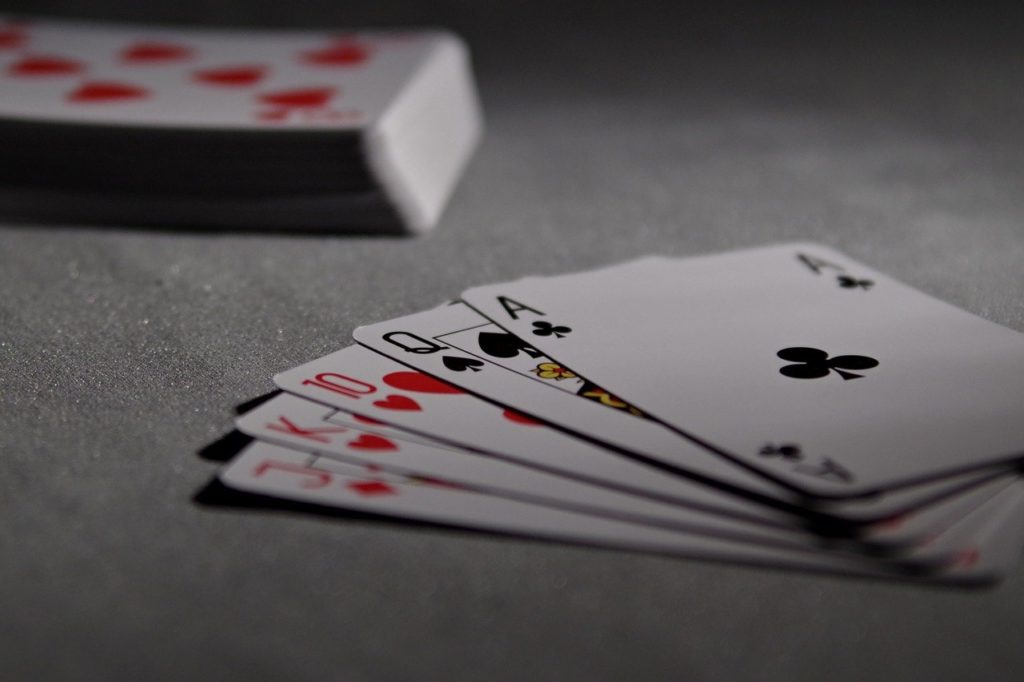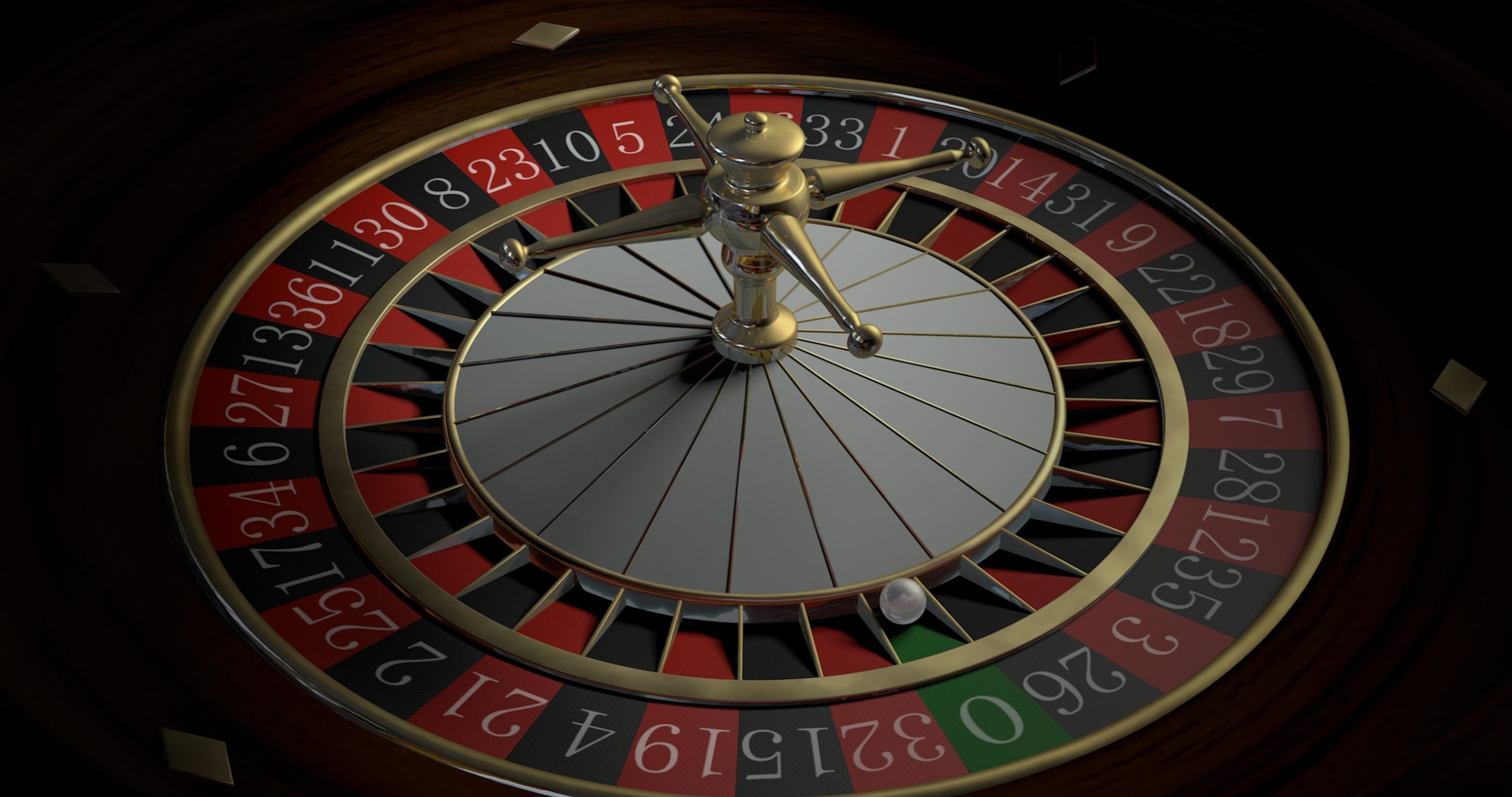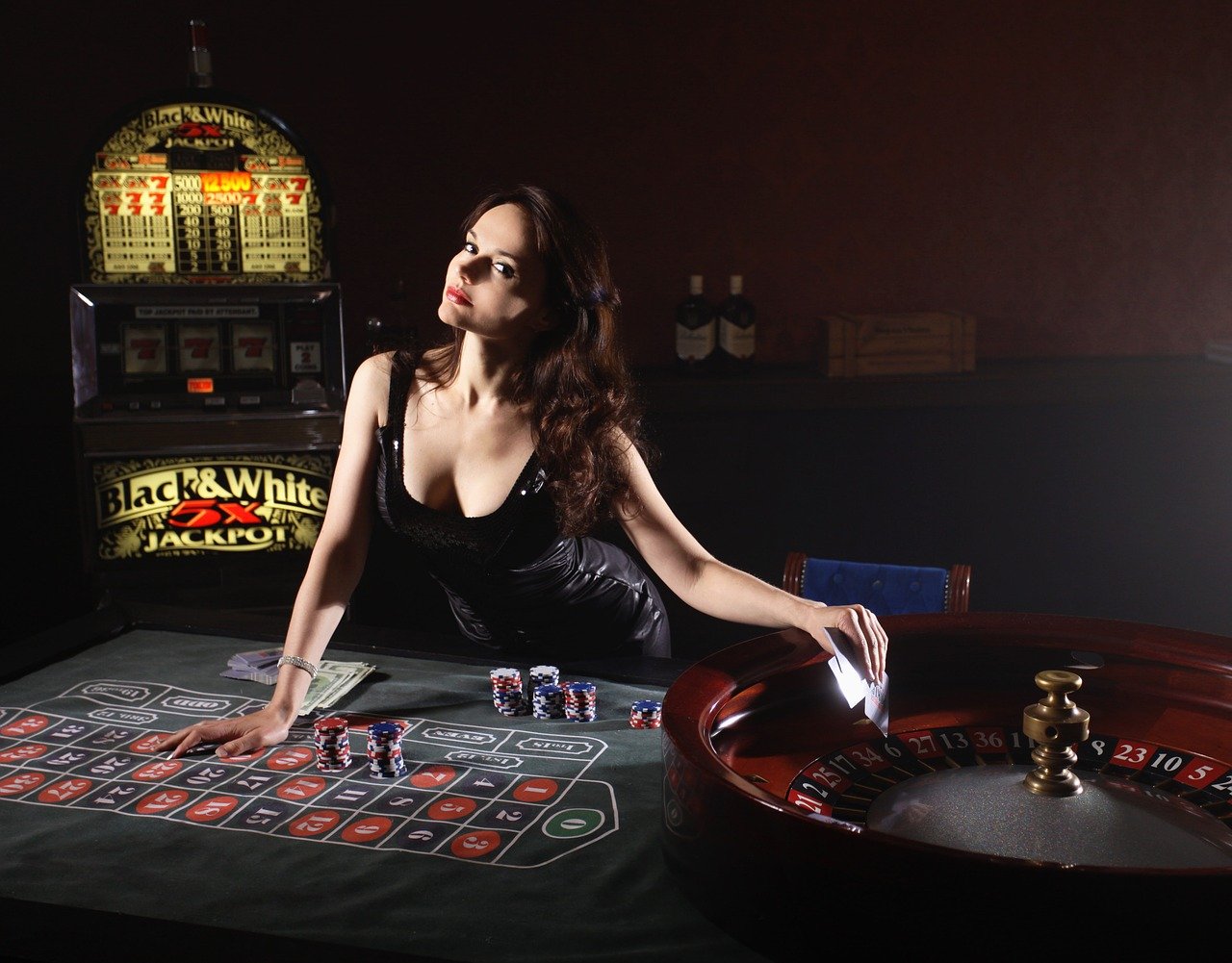How to Bluff at Online Poker
Playing poker without bluffing is like playing just half the game. As a novice, it may seem prudent to be cautious, but this is not the way the game should be played. A competent player should constantly attempt to benefit whenever the chance arises, and bluffing will assist you in doing so. Bluffing is an important aspect of poker strategy. Non-poker players realize that possessing the best hand does not necessarily result in a victory. As a result, you must tell tales about your hand in an attempt to push the other players to fold.
In a nutshell, bluffing is a form of deceit. When you wager or raise to make your competitor believe you have a better hand than you truly do, you are trying to push your competitor to fold. This applies regardless of whether you have a weaker or stronger hand. When you bluff, you gain the pot even if you don’t have the greatest cards on hand.
During a game, a player may bluff at any point. Poker professionals understand when it is best to wager. In other words, they anticipate when their opponents will fold. But how can you ensure that every bluff is effective? Beginners have a difficult time pulling off successful bluffs. However, if you know how to select your places well, you can make any bluff appear genuine. And we are going to help you with that, in this article, we will tell you how to master the art of bluffing, when and how to bluff, and how to make every bluff a success.

Table of Contents
What is Bluffing?
Bluffing in poker is the skill of convincing your opponent to put down a better hand than you have. It is the complete opposite of a value bet.
When raising for value, you want to be called by a worse hand.
- When betting as a bluff, you expect your rival to fold a superior hand.
Different Kinds of Bluffing in Poker:
In poker, there are several sorts of bluffs, and any circumstance may fall into two or more of them.
- Bluff on the continuation bet. This is a gamble in which you hold the initiative and depend on your opponent failing to connect with the board.
- A semi-bluff. This is a bet made when your hand is currently bad, if not completely devoid of showdown value, but you have a good probability of making a powerful hand in the future. Straight draws and flush draws are two examples.
- Stone-cold/zero equity bluff. In this type of bluff, you have absolutely little possibility of developing the best hand and where the profit is solely dependent on fold equity.
- Bluffing on the spur of the moment. This type of bluff occurs when none of the other participants in the hand have expressed an interest in the pot. If no one else is expected to have a good hand, you anticipate this bet to work commonly enough to produce a profit.
Tips and Factors to Consider to Make Your Bluff Successful:
Before selecting whether or not to bluff, you need to consider six factors. These factors include the kinds of opponents, the table picture, the bets placed thus far, your position, the strength of your hand, and the stake size. Let’s take a closer look at each of these.
- TYPES OF OPPONENTS YOU ARE PLAYING AGAINST:
Your bluff’s success is ultimately determined by your opposition’s response. Your bluff is effective if you notice that your opponent has folded his bet after you. Your bluff, on the other hand, flops if your opponent calls your stake.
The first skill you should learn is how to manage your opponents’ responses. You make your bet, and Your opponents make theirs. Is there anything you can do to influence their behavior? Various poker players have several styles of play. You should always bluff against your opponent after recognizing their style of play. When there is only one opponent, it is advisable to bluff. You may sometimes influence the behavior of all the players at the table, but it is ideal to keep the bluff one-on-one.
It’s never fun bluffing against a sloppy player who would fold the hand to your bet even if he believes his cards are superior. At the end of the day, a terrible player who does not attempt to interpret your bet is simply stupid to fold, regardless of the movements you make. Also, avoid bluffing against a player that constantly calls. According to most poker professionals, bluffing against a good player is simpler than bluffing against a bad player.
- EXAMINE THE TABLE IMAGE:
Your table image is the second factor that impacts the outcome of your bluff. You must fully comprehend it to gain from it. The meaning of your bets is strength if you are viewed as a tight player. As a consequence, your bluffs have a greater chance of success.
Conversely, if your opponent perceives you as a Wildman — a gambler who bets without cause or reason and just continues flinging chips in – you may struggle to bluff. Your stakes are likely to be called by your opponents. So, before you prepare your bluffs, examine your table picture.
- THE NUMBER OF BETS SO FAR:
Bets are not evaluated independently. They lay the groundwork for a story. As a result, if you would like your bluff to work, your bet has to be a part of the picture. A skilled opponent will agree that your bet on the river implies that you struck a flush only if you’ve been wagering on the preceding streets and signalling that you are betting on a flush draw.
- THE STRENGTH OF YOUR HAND:
A pure bluff occurs when your hand is so poor that you cannot win until your opponent folds. This bluff is unwilling to allow you to take the pot. Semi-bluffs, on the other hand, are bluffs supported by hands that have the potential to increase as the hand progresses. This form of bluff is known as a bluff with a backup plan. A semi-bluff increases your odds of winning since you can win even if your opponents do not fold.
- THE POSITION IN THE GAME:
The fifth factor to consider when deciding whether or not to bluff is your position at the table. This is the standing of the players that are still playing the hand. An ideal circumstance would be to observe your opponent’s behavior to the board before deciding on the bluff. This suggests that a late position is more advantageous for bluffing than an early position.
If your opponent checks, you can assume he or she has a bad hand. You may place a bet here. When you’re in a late position and must act first, you will not have the advantage of knowing how your opponent would respond to the board. There are always exceptions in poker. In certain cases, bluffing from an early position may be more advantageous. For example, if your opponent is quite intelligent and thinks that bluffing is generally done from a late position, you might try to bait him by putting down a stronger hand and betting from an early position.
- THE SIZE OF THE BET:
Before bluffing in a no-limit game, you must examine the size of the bet. In a perfect scenario, you would wager the smallest amount necessary to cause the opposing player to fold. However, how do you get at that figure?
Most players feel that increasing their stake will persuade their opponent to fold. However, this is not the case when it comes to the real game. You must examine the levels at which your opponents will refuse to call. If you know this threshold and can come near to it, your opponent’s chances of folding will improve.
Conclusion:
When you are playing online, the chance of bluffing is higher than in a physical cardroom. Since with online play, your opponent is not able to see you, they will not be giving up physical or verbal signals, and they’ll feel more at ease making wild bets. To resist bluffs online, keep records on your opponents, and if they placed a hand down at showdown, check the hand histories to discover what they had. The semi-bluff is without a question the most powerful online bluff, so make sure you’re in a late position with mediocre cards that are linked with the board and try to bet aggressively.



